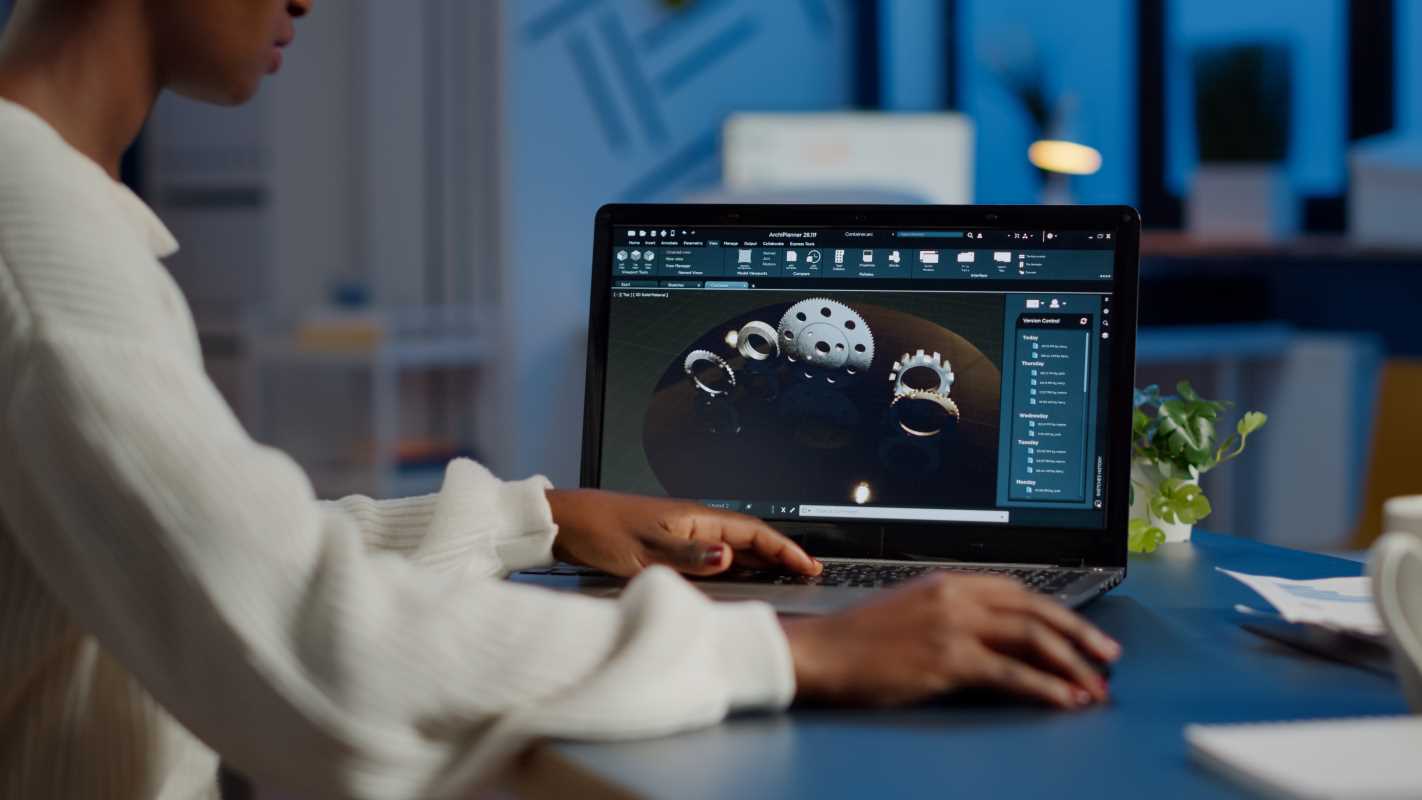Music and sound are integral components in the entertainment industry that help convey emotions, set the tone, and enhance the storytelling experience. While actors, directors, and screenwriters often receive the spotlight, key professionals are working behind the scenes to ensure that the auditory elements of a project are just as impactful as the visual ones. Among these unsung heroes are music producers and sound designers, who play pivotal roles in shaping the auditory landscape of films, television shows, video games, and more. Their work requires technical expertise, creativity, and a deep understanding of the emotional and narrative power of sound.
Music Producers: Shaping the Soundtrack
Music producers oversee the creation of music, ensuring that it aligns with a project's overall vision. Their role involves much more than simply recording or mixing tracks—they are the architects of the musical experience that accompanies visual media. Music producers work closely with artists, composers, and filmmakers in the entertainment industry to craft the perfect soundtrack or score.
Collaboration with Composers and Artists
The music producer's primary job is to guide and collaborate with composers and artists to create music that complements the visuals and enhances the emotional tone of the project. For film, television, and video games, the music often serves as a narrative tool that supports the themes, characters, and story arcs. A music producer must understand the project's emotional nuances and work with composers to translate these feelings into melodies, harmonies, and rhythms.
For instance, in a film, a music producer might help a composer decide on the mood of a particular scene. Should it be suspenseful? Heartwarming? Triumphant? The music producer works to ensure that the music conveys the appropriate emotion, sometimes providing input on instrument choices, tempo, and the composition's overall structure. In this way, the music producer is integral in translating the director’s vision into sound.
Technical Expertise and Studio Oversight
In addition to the creative aspects, music producers handle the technical side of music production. They oversee the recording process, ensuring that everything sounds pristine and cohesive. This involves working with recording engineers to capture the perfect sound and deciding which instruments or electronic elements to include in a track.
The music producer is also responsible for guiding the mixing and mastering processes. Once the music is recorded, the producer works with sound engineers to mix the tracks, balancing the different components of the song and adjusting levels to create the desired effect. The final product is then mastered, ensuring that the music sounds polished and professional, ready for distribution or inclusion in the project.
Influencing Musical Trends
Music producers have the power to influence the direction of music within the entertainment industry. Some producers are known for pioneering new styles or genres, often working with emerging artists to experiment with unconventional sounds. For example, in the world of film, synthesizers, and electronic music use in the 1980s was largely due to the influence of producers who embraced new technologies and creative soundscapes.
In contemporary music production, digital audio workstations (DAWs) and software synthesizers have revolutionized the way music is created. Producers today have access to an extensive range of tools that allow for nearly infinite sound manipulation. These advancements enable producers to experiment with various sonic textures and craft unique soundtracks that resonate with audiences.
Sound Designers: Creating the Auditory World
While music producers focus on a project's musical elements, sound designers are responsible for creating the sound effects and auditory landscapes that immerse audiences in a story. They design everything from subtle background sounds, like the rustling of leaves or the hum of machinery, to explosive effects, like gunshots or crashes. Their work helps bring the visuals to life, enhancing the realism and emotional impact of a scene.
Sound Creation and Foley Art
Sound designers often work with foley artists to create realistic sounds for a project. Foley is the process of recording sound effects that are synchronized with the action on screen. For example, if a character walks through a muddy field, a foley artist might create the sound of footsteps by walking through mud in the studio. Similarly, the sound of a sword clash or the creak of a door may be created using everyday objects that replicate the desired sound.
This process is crucial for ensuring that sounds in a film or television show match the action and feel natural. Sound designers often spend hours crafting and recording these sounds, layering them together to create a fully immersive soundscape.
Sound Editing and Mixing
Once the sound effects are recorded, the sound designer’s role shifts to editing and mixing. This is where the magic happens, as sound designers must carefully select the right sounds, adjust their volume, and blend them to create a cohesive auditory experience. The sound designer ensures that each sound is distinct and clear, while also balancing it with the dialogue, music, and ambient noise in the mix.
For example, in an action sequence, the sound designer must ensure that gunfire, explosions, and background noises are mixed to create impactful and intelligible sounds. The timing and spatial placement of sounds are critical—sounds should come from the correct direction or be timed to coincide with the visual action. Sound designers often use specialized software to manipulate sounds and ensure they fit perfectly within the project.
Creating Atmosphere and Mood
In addition to realistic sound effects, sound designers also create atmospheric elements that help set the mood of a scene. The subtle background noises—such as the distant sound of traffic, the wind blowing, or the hum of a computer—contribute to the atmosphere and help immerse the audience in the world of the story. In science fiction or fantasy genres, sound designers often create entirely new sounds that do not exist in the real world, such as the hum of an alien spaceship or the roar of a mythical creature.
Sound design can also highlight emotional moments in a film or game. For example, the sound of a heartbeat or a ticking clock can create tension, while gentle chimes or ambient nature sounds can evoke a sense of peace or tranquility. The auditory experience created by sound designers significantly enhances the audience’s emotional connection to the story.
Innovating with Technology
Like music producers, sound designers are at the forefront of technological innovation. Advancements in sound editing software, 3D audio, and virtual reality (VR) are opening new possibilities for immersive sound design. For instance, VR experiences require sound designers to create spatialized audio that responds to the user’s movements, making the experience feel more lifelike.
Sound designers also embrace artificial intelligence (AI) and machine learning to improve their craft. Some AI tools can generate realistic sound effects based on user input, which allows sound designers to focus more on creative decision-making rather than manual sound creation. AI tools are transforming how sound designers approach their work, offering new possibilities for sound creation and manipulation.
 (Image via
(Image via





